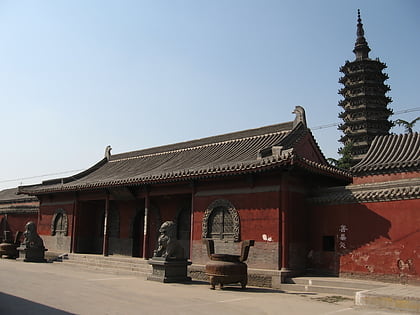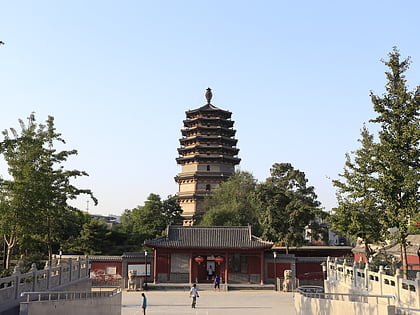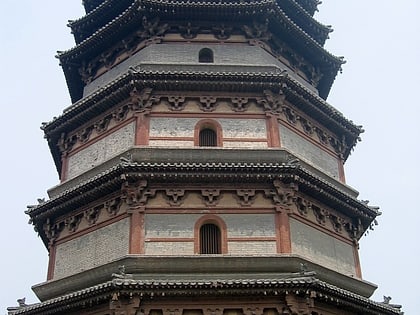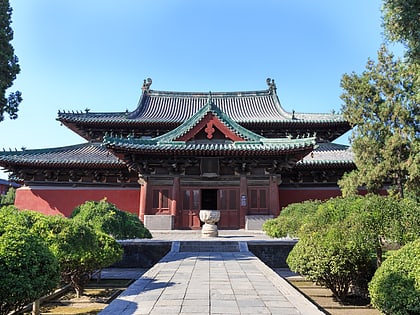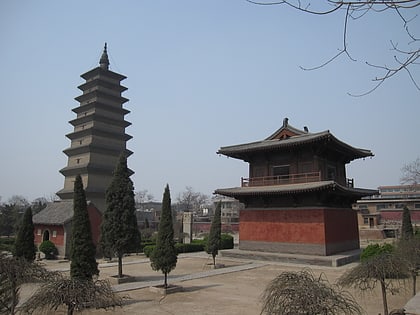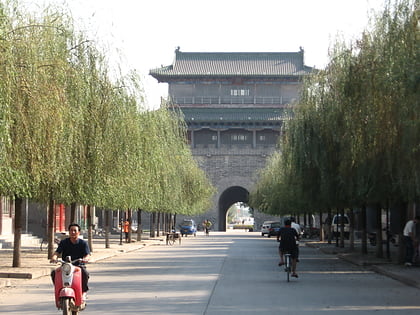Linji Temple
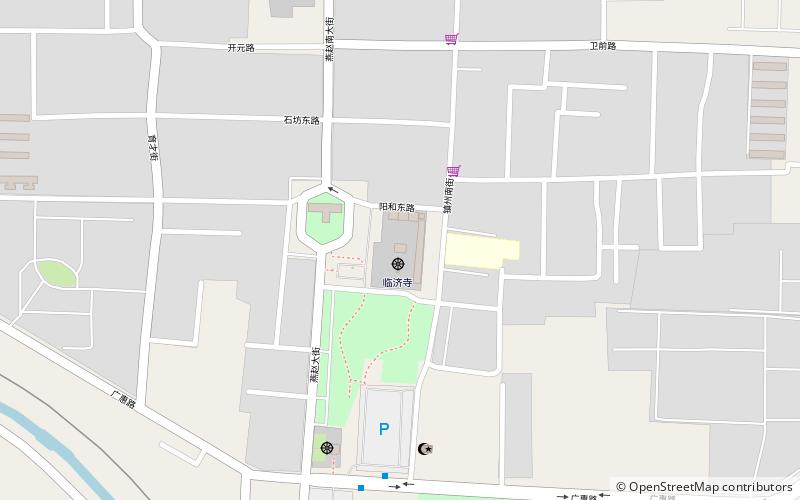
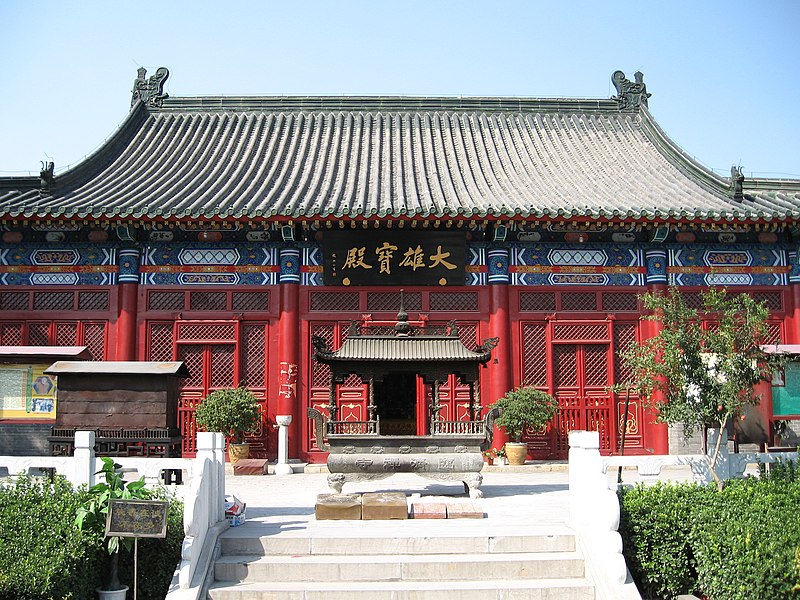
Facts and practical information
Nestled in the bustling city of Shijiazhuang, China, Linji Temple stands as a serene sanctuary and a testament to the spiritual heritage of the region. This revered temple is not just a place of worship but also a cultural treasure that draws visitors from near and far.
Linji Temple, named after the renowned Linji Yixuan, the founder of the Linji school of Chan Buddhism, is steeped in history and tradition. The temple's architecture is a harmonious blend of classic Chinese design, characterized by sweeping roofs, intricate carvings, and tranquil courtyards. It serves as a spiritual center for those who practice Chan Buddhism and offers a peaceful retreat for anyone seeking solace from the hustle and bustle of city life.
Visitors to Linji Temple can explore its many halls and pavilions, each dedicated to different deities and aspects of Buddhist teachings. The temple's tranquil gardens are perfect for meditation or quiet reflection, while the scent of incense permeates the air, adding to the site's mystical ambiance.
The temple not only provides a glimpse into the religious practices of the region but also hosts various cultural events and festivals throughout the year. These events showcase traditional rituals, music, and dance, offering an immersive experience for those interested in learning more about Chinese culture and spirituality.
Hebei
Linji Temple – popular in the area (distance from the attraction)
Nearby attractions include: Zhengding County, Lingxiao Pagoda, Longxing Temple, Xumi Pagoda.
